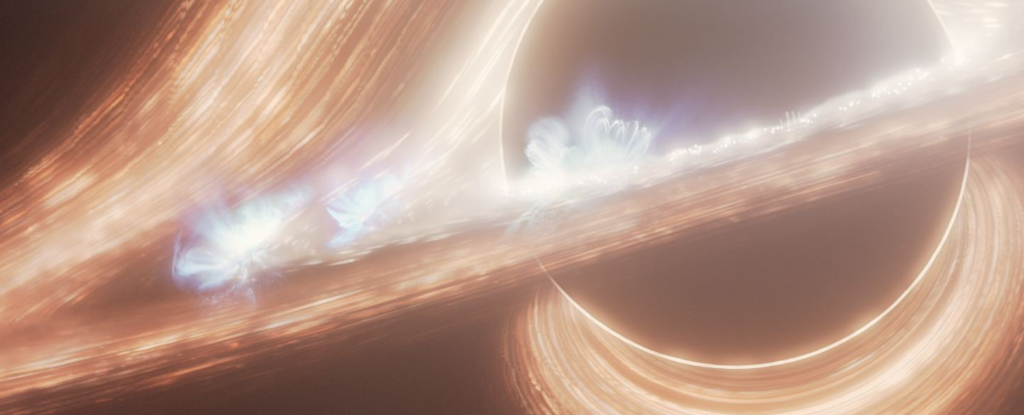ARTICLE AD
The immediate future of the International Space Station is suddenly in doubt thanks to a single tweet. Elon Musk, owner of SpaceX and unelected advisor to President Donald Trump on basically everything, wants the venerable station gone, and he wants it gone sooner rather than later.
On Thursday, Musk posted on his X platform that he believes it’s “time to begin preparations for deorbiting” the ISS. “It has served its purpose,” he declared. “There is very little incremental utility. Let’s go to Mars.” When asked to elaborate, Musk said his hope is to see the orbital lab gone by 2027, roughly three years ahead of its scheduled decommissioning.
 © X/Elon Musk
© X/Elon Musk Indeed, the ISS is nearing the end of its lifespan, and preparations for its retirement have been underway for some time. That said, a premature shutdown comes with important considerations.
While the ISS is undoubtedly getting up there in years, it still has half a decade to go before the planned decommissioning; the lab remains operational, useful, and a powerful cultural symbol of humanity’s perpetual reach into space. Also, and as its name suggests, the ISS is not American property, but a collaborative project between the U.S., Russia, Canada, Japan, and Europe.
Not to mention that involving Musk in official U.S. policy on space exploration spending is a gigantic conflict of interest. SpaceX is a pivotal NASA contractor, with the space agency being highly reliant on its rockets, capsules, and other technology.
In June, NASA announced that SpaceX will design and build the vehicle to deorbit the ISS—a contract worth up to $843 million. Such a vehicle remains vaporware—it doesn’t yet exist, but its importance can’t be overstated. It will guide the ISS, the largest human-made structure ever in space, out of its low Earth orbit and into the planet’s atmosphere, where it will break apart, with the resulting debris field falling into the ocean. Obviously, this is a complex maneuver that will require precision to avoid any possible safety hazards to humans.
Additionally, NASA has big plans for expanding human space travel, including the Artemis missions to the Moon. Yes, the ultimate goal is to ferry humans to Mars—a goal that exists mostly in theory at this stage, with the agency aiming for a vague date at some point in the 2030s or 2040s. Accomplishing those lofty goals safely requires extensive research, including studies on how microgravity affects the human body.
The record for longest time spent in space was set in 1994 and 1995, when cosmonaut Valeri Polyakov spent 437 days aboard the Mir space station. A two-way trip to Mars, by contrast, would likely take just under three years. Much of the necessary research into how to make such a lengthy voyage medically feasible is currently being done aboard the ISS. That we’re not yet technologically or medically capable of safely sending astronauts to Mars is a shortcoming Musk consistently chooses to ignore.
The ISS is one of only two operational space stations currently in orbit, alongside China’s Tiangong station. While there are numerous proposals in the works for privately-operated space stations that would house American astronauts, those mostly exist on paper, and NASA won’t select which projects to move forward with until next year. If Musk gets his wish and the ISS is scrapped in just two years, NASA and the U.S. will face an indefinite gap without a long-term lab in low Earth orbit. That’s not acceptable.
When Ars Technica editor and spaceflight reporter Eric Berger pointed out that Musk’s declaration moves the decommissioning date up by several years, and that Musk’s own company is involved in the process, Musk acknowledged the decision isn’t in his hands. “The decision is up to the President, but my recommendation is as soon as possible,” he wrote. “I recommend 2 years from now.”
 © X/Eric Berger
© X/Eric Berger But by bringing up Mars while pushing to ditch the ISS early, Musk outed himself in terms of his true goal—shifting NASA’s budget away from the space station and toward his dream of sending astronauts to the Red Planet. Yes, SpaceX benefits from the Commercial Crew contract to regularly shuttle NASA astronauts to the ISS, but Crew Dragon will eventually be used to send crews to private space stations.
Crewed missions to Mars have long been an obsession for Musk. While NASA’s roadmap to Mars involves first establishing a permanent and sustainable human presence on the Moon via the Artemis program, the billionaire has been critical of that goal. His misplaced urgency seems to have rubbed off at least a little bit on Trump, who made mention in his inaugural address of wanting to plant an American flag on Mars.
 © X/Andreas Mogensen
© X/Andreas Mogensen Financial entanglements aside, there’s a less charitable theory for why Musk suddenly chose to target the ISS. During an interview with Sean Hannity, Trump and Musk both insisted that the two astronauts from Boeing’s Starliner mission had been stranded there by Joe Biden and were in need of rescue. On Thursday, when Danish ESA astronaut Andreas Mogensen—who’s spent two stints on the ISS—called that claim a “lie” over X, Musk fired back with a disgusting slur.
Musk’s call to expedite the destruction of the ISS came less than seven hours later.

 21 hours ago
16
21 hours ago
16 

